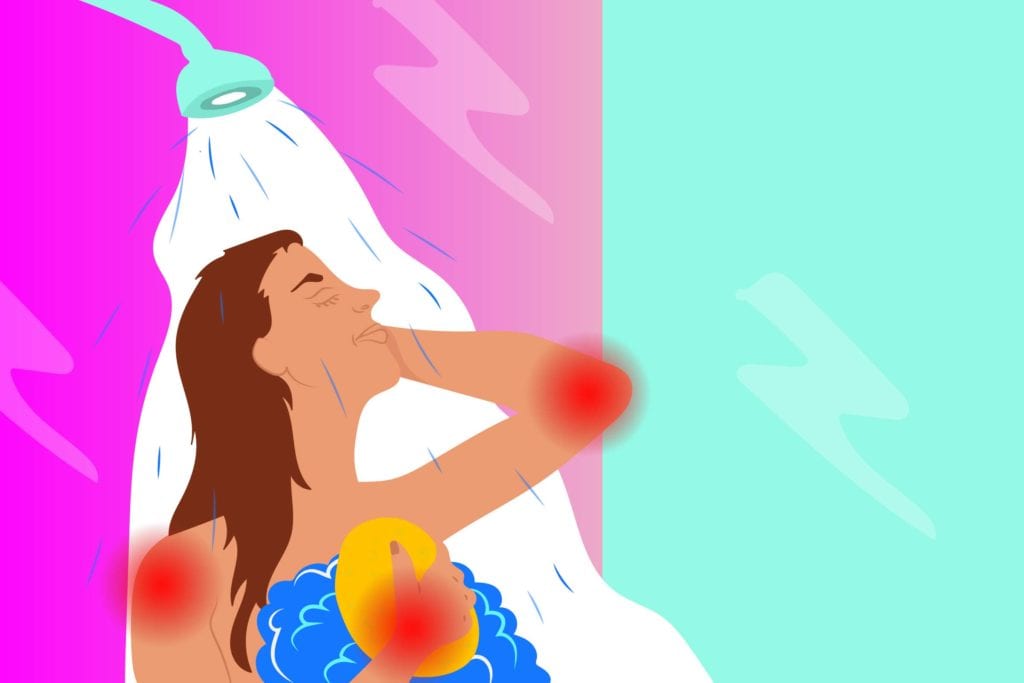

You’ve heard of “you snooze, you lose.” Well, with arthritis it’s more like “you snooze, you fuse.” Because your joints are immobile during the night, they can be extra painful and stiff first thing in the morning, says Orrin Troum, MD, a rheumatologist at Providence Saint John’s Health Center in Santa Monica and a clinical professor of medicine at the University of Southern California.
This means that the morning is often the worst time of day for people living with arthritis. You’ve got a ton of stuff you need to get done in a short amount of time. If your joints don’t cooperate, it can throw off the rest of your day. Each aspect of the morning routine that healthy people take for granted — getting out of bed, showering, doing hair and makeup, getting dressed, and preparing breakfast, to name a few — can feel harder than it should on a good day; on a bad day, it can feel downright impossible.
In a recent poll of 1,438 CreakyJoints members, 67 percent said getting dressed is a struggle because of their arthritis, for example.
We asked CreakyJoints members about their biggest morning challenges and to share the tips and products they use to help make their mornings easier.
Morning challenge: I wake up so stiff, it’s hard to even get out of bed
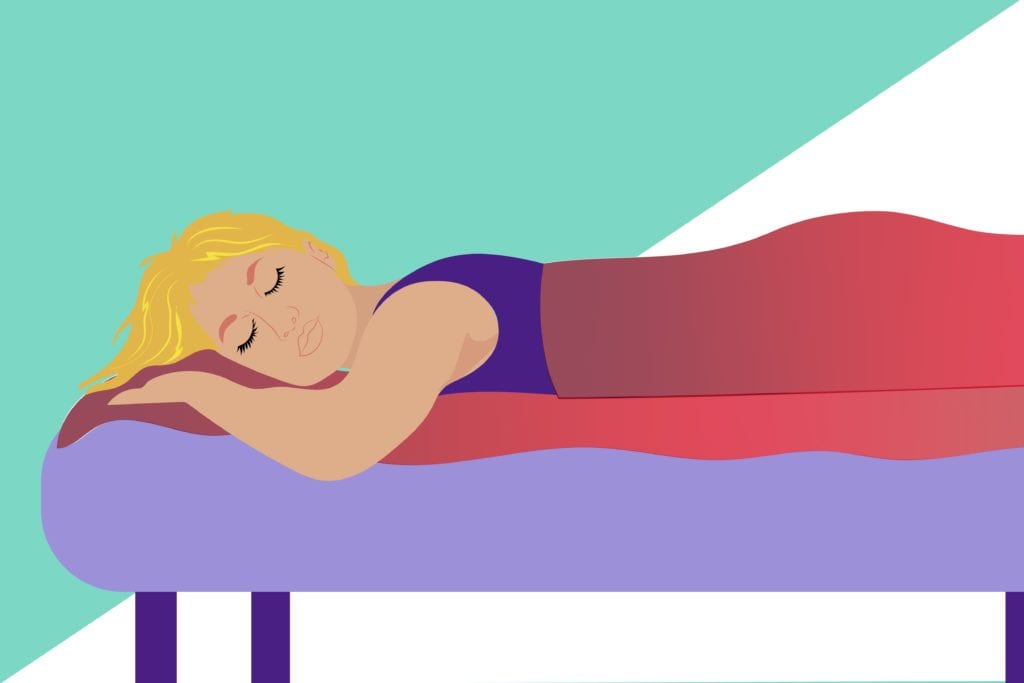
1. Wrap up in a heated blanket
On days that the pain is extra bad, Angela K., 51, swears by a heated blanket to help her rheumatoid arthritis symptoms. “I actually have two and I make myself into a kind of hot sandwich between them,” she explains. “I turn them on high and just soak in the warmth for 15 or so minutes before I get out of bed.”
“Heat therapy is primarily used to decrease pain and improve muscle flexibility in patients with arthritis,” says Maura Daly Iversen, a physical therapist and associate dean of clinical education, rehabilitation, and new initiatives at the Bouvé College of Health Sciences at Northeastern University. Heat also warms both the skin and the joints, which causes the blood vessels to dilate allowing for more oxygen and nutrients to the joints and muscles. Read more about using heat therapy for arthritis pain.
2. Sleep in compression gloves
For smoother mornings Elizabeth P., 35, swears by sleeping in compression gloves. Her rheumatoid arthritis mainly targets her hands and wrists and the gloves keep her hands from tightening up in her sleep, she says. “I can’t tell you enough how much a difference these gloves make,” she says. “They reduce pain and keep my fingers flexible and supported. Sometimes I keep them on during the day too.” Need a recommendation? She prefers these as they are affordable, effective, and you get two pairs — one with fingers and one fingerless so you can still type.
3. Stretch in bed
“I have ankylosing spondylitis literally head to toe, like even my feet hurt in the mornings,” says Hannah H., 32. “I feel like the Tin Man in bed.” So as soon as she wakes up, before even sitting up, she does some gentle stretches to warm up her joints. “I start with my head, opening and closing my jaw, then turning my neck, then rolling my shoulders, and so on down to my feet,” she explains. Her stretching routine takes her five to 10 minutes every morning but she says it’s worth it and makes getting out of bed possible.
4. Set an early alarm for your meds
Angela says her morning arthritis medications take about an hour to kick in, which is a frustratingly long time when she’s rushing around trying to get her kids ready for school. She came up with a solution that allows her to get the full effectiveness of her meds without losing sleep. The night before Angela puts her meds and a bottle of water near her bed. Then she sets an alarm for an hour before she needs to wake up. When the alarm rings, she takes her medication and goes back to sleep. By the time she wakes her meds have kicked in and she’s ready to roll, she says.
5. Get a heated mattress pad
Another way to cocoon yourself in warmth is to get a heated mattress cover. “I sleep with it turned on and it’s been a game changer,” says Stephanie M., 24. “It’s helped me wake up with so much less soreness and swelling. I love it so much I even take it on vacations with me.”
6. Take a super-hot shower
Heat and moisture are two proven home remedies that can help with arthritis pain so take advantage of this by starting your morning with an extra-warm (not scalding) shower. “I take a 20-minute shower every morning,” says Fred B., who has psoriatic arthritis. “This probably bugs my wife but when I’m having a bad psoriatic arthritis flare-up it’s really the only thing that helps.”
Morning challenge: My aching hands make it hard to hold things
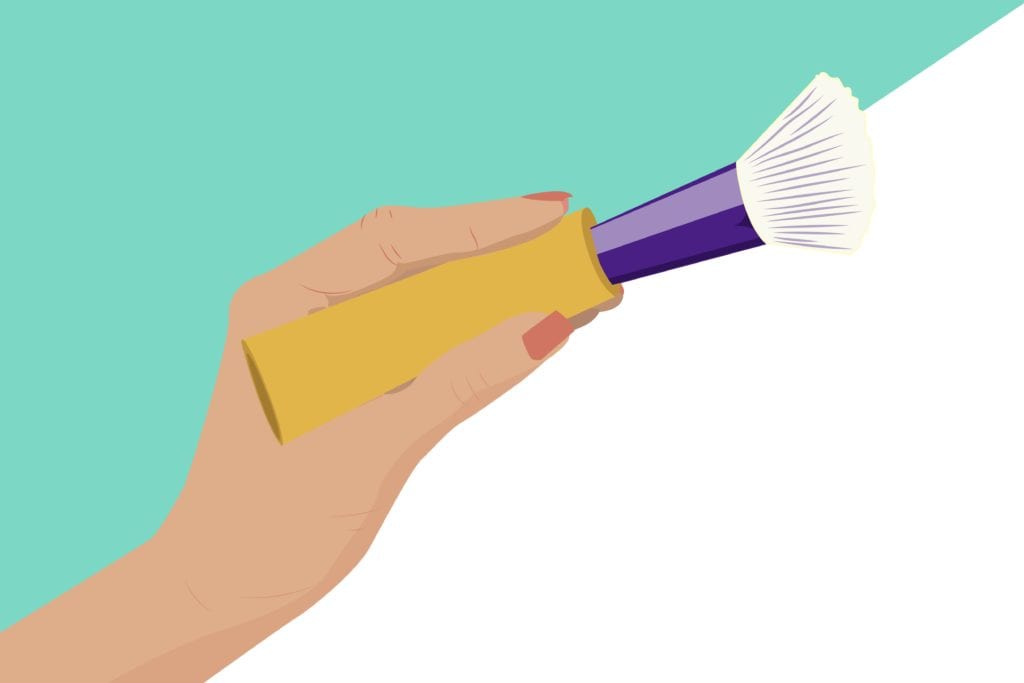
7. Get padded utensil grips
Another morning trick Elizabeth loves is getting padded grips of different sizes and putting them on anything with a handle, including her utensils at breakfast and her makeup brushes. “I wouldn’t be able to eat cereal or put on blush without these babies; they are the best,” she says. She recommends the Vive grips, which come in three different sizes. And don’t let your imagination stop there — you can use the interchangeable grips for pens, curling irons, lip or eye liners, or any other item you have a hard time holding on to.
8. Use a rubber cup grip
Nothing says bad morning like hot coffee or an icy smoothie dropped in your lap. To protect her clothes and her breakfast, Hannah adds a rubberized coozy around her bottles and cups to help her keep her grip when her hands feel painful. “I like the ones that have the rubber strips, not the foam because that feels more stable to me, but there are lots of options,” she says. One fun option: these rubber cup holders that turn plain small mason jars into cute beverage containers.
Morning challenge: Sometimes, I’m too uncomfortable to eat breakfast

9. Get some fun straws
Even drinking out of a cup can hurt her jaw, so Hannah has a collection of water bottles with straw lids or silly straws she can use in a regular cup to drink her breakfast. “My little nieces think it’s so funny and they always want to use my funny straws with me,” she says. “It makes mornings more fun too.”
10. Drink your breakfast
Because her jaw hurts so much in the mornings, Hannah often turns to liquid breakfasts to get going. “With my medications skipping breakfast is not an option but I can’t chew anything without pain, not even porridge,” she says. Instead she has a collection of healthy, simple smoothie recipes. She preps the ingredients — usually frozen fruit, spinach, yogurt, and protein powder — in fold-top bags that she stores upright in the freezer, ready to drop in the blender. On mornings where she needs something even quicker, she keeps drinkable yogurts and Carnation instant breakfast packets on hand.
Morning challenge: Getting dressed is painful and I dread it

11. Build an arthritis-friendly wardrobe
“I used to be all about fashion and wearing trendy stuff but my arthritis has really changed how I look at my clothes,” Stephanie says. While she still has some cute, trendy pieces in her closet she makes sure to have several pairs of elastic-waist pants, loose tops, and flat, comfortable shoes for days that her arthritis makes getting dressed difficult. “It’s harder to find stuff but there are cute options out there, I promise!” she adds.
12. Get a dressing tool
A dressing multitool, like this Vi&Vi PocketDresser multi-tool, can help you wear your favorite clothing with less pain. “I mostly use the hook end to pull up tiny zippers on my dresses and slacks since trying to grab them with my fingers is impossible,” Angela says. “I have one at home and one in my purse.” But there’s more than one way to tame a zipper. “On my jackets I keep an extra large safety pin pinned through the zipper pull to do the same thing. It’s easier to grab and I don’t have to fish around for the tool every time I go in or out,” she adds.
13. Use hanging closet organizers instead of a dresser
Drawers, especially ones with hard-to-grab pulls or sticky tracks, can derail your dressing routine before you even start. But there’s no rule that says your clothing must be stored in a bureau. “I bought several of those hanging cloth shelves for my closet and put most of my clothes in those, including socks and underwear,” says Steven, 50, who has osteoarthritis. “Everything’s at eye level so I don’t have to bend over and it’s easy to pull out what I need.”
14. Pre-tie your ties
On days Steven needs to go into the office for meetings, he has to wear business attire, including a tie. But tying a narrow strip of fabric around his neck first thing in the morning just wasn’t happening. So he asked his wife to loosely tie his ties around his neck to the correct length, remove them and then hang them on a tie organizer. “All I have to do is slip one on and tighten a little and I’m good to go,” he says.
15. Rethink your footwear
Shoes are often uniquely challenging for people with arthritis — think of all the bending, twisting, pulling, and tying required to don a pair of dress shoes or lace-up boots. But you don’t have to be doomed to a life of flip-flops. Stephanie swears by ballet flats that she can slip on easily but still look professional. Angela wears athletic shoes for her job as a nurse but has replaced the regular laces with elastic no-tie “laces.” Steven uses a long-handled shoe horn to help him get into his dress shoes and wears Velcro boat shoes for a more casual look.
Morning challenge: I dread commuting
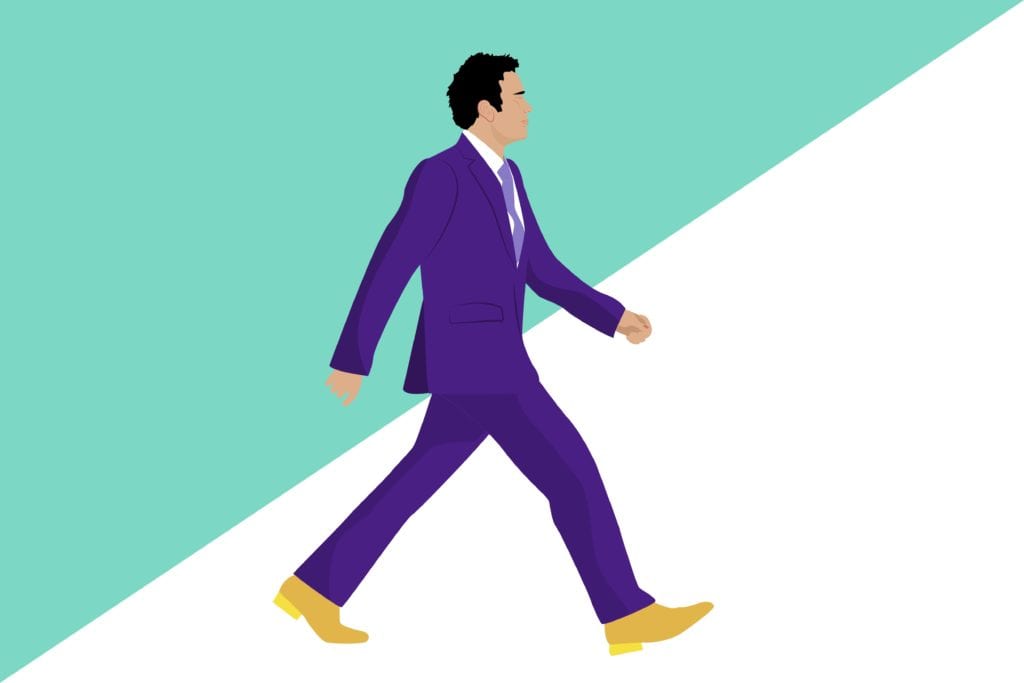

16. Walk to work if you can
One easy way to loosen up and lubricate the joints in your legs and feet is to take a nice morning stroll, but who has time for that? For Fred, the solution is to build walking into his morning commute. “I try to walk to work every day and usually by the time I get there my hips and legs are feeling much better than when I woke up,” he says. “On weekends I try to run errands that require walking.”
17. Get a steering wheel spinner
“There are days I can’t even wrap my fingers around the steering wheel of my car because my hands hurt so much from my rheumatoid arthritis,” says Angela. “Driving to work was awful, I could only steer with my palms which felt dangerous.” Then a friend introduced her to a steering wheel spinner. It’s a large, round grip that attaches to the steering wheel and allows you to turn the wheel easily and comfortably without having to grip it.
Morning challenge: It’s hard to get going at work when I’m in pain
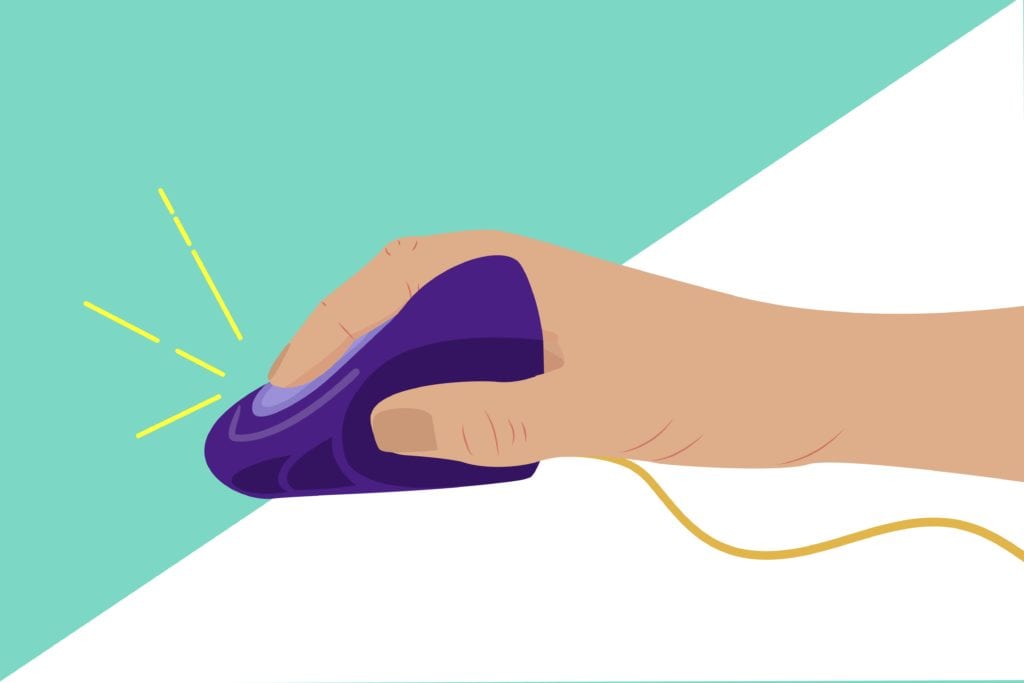
18. Use an upright computer mouse
To further help his morning productivity at work, Steven also bought an upright mouse. “It allows me to hold it with a loose hand, with my elbow on my desk, so it’s much easier on my hands,” he explains. “The buttons are much more convenient and easier to push.” This type of mouse doesn’t require any twisting of your wrist or hand; nor does it need a tight grip or fine motor control to use.
19. Swap out your regular keyboard for a split keyboard
“I couldn’t even work for the first hour every morning at work because the osteoarthritis in my hands made it too painful to type and the majority of my job has to be done on a computer,” says Steven, 50. “It really took a toll on me, I started to feel like I was just bad at my job and I knew my coworkers wondered why I just walked around and talked a lot in the morning. I didn’t want to admit that I literally couldn’t do my job that early.” Fortunately his boss noticed and came up with a solution: An ergonomic split keyboard that allowed Steven to position his elbows, wrists, and hands in a more comfortable position. “I still have pain but it’s much more manageable now,” he says.
20. Consider a schedule change
No matter what she tried, mornings just weren’t working with Alanna M.’s inflammatory arthritis — and it showed in her work performance. The 22-year-old was at risk of being fired for her chronic lateness, she says. Then she was offered an opportunity to swap shifts and work evenings instead. “Changing to working nights has been awesome for me because that gives me plenty of time to slowly get up and get moving during the day,” she explains. “I’m never late now and my boss says I’m like a new person.” If you can’t switch shifts, try talking to your boss about having a later start time.





